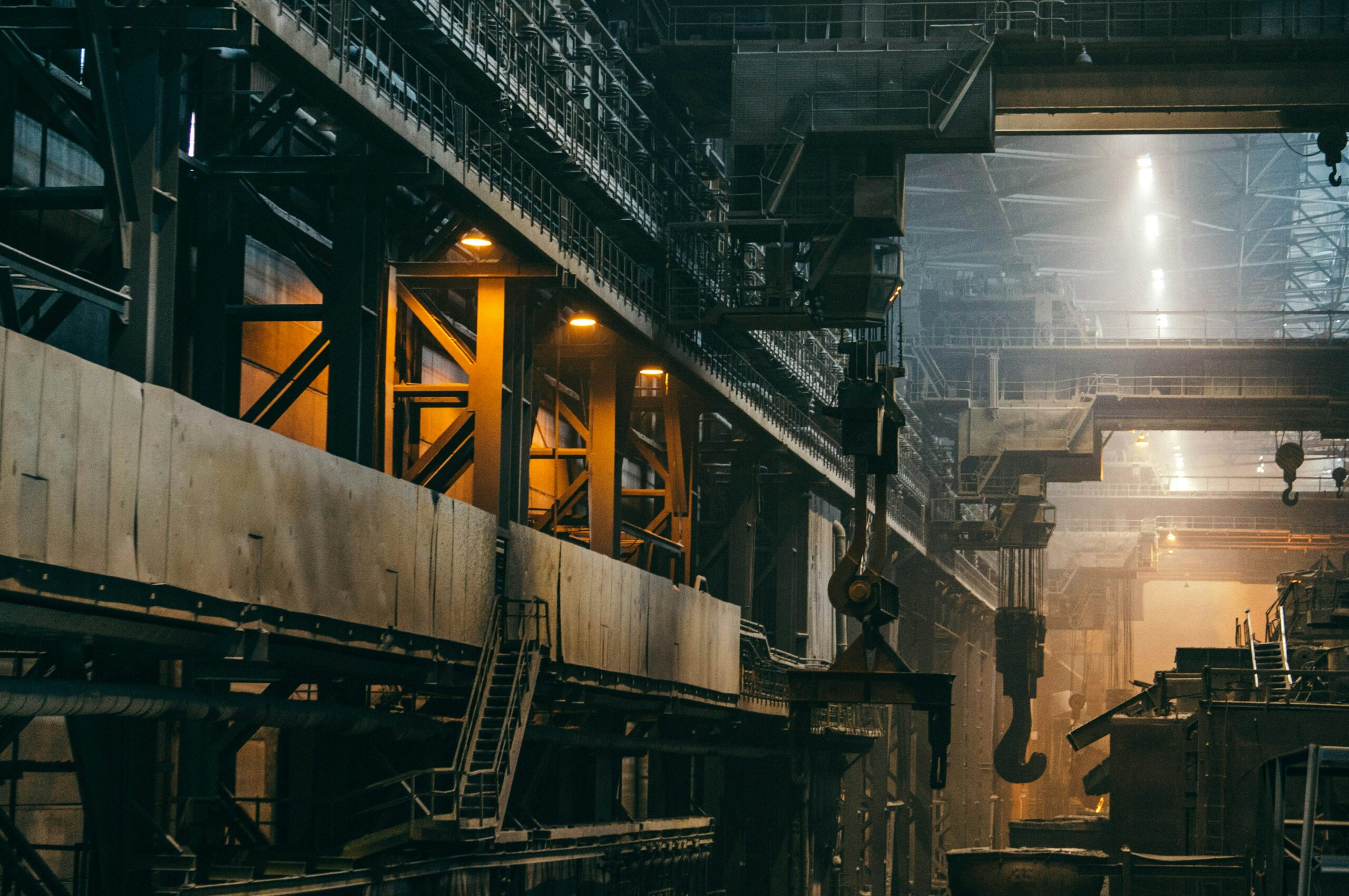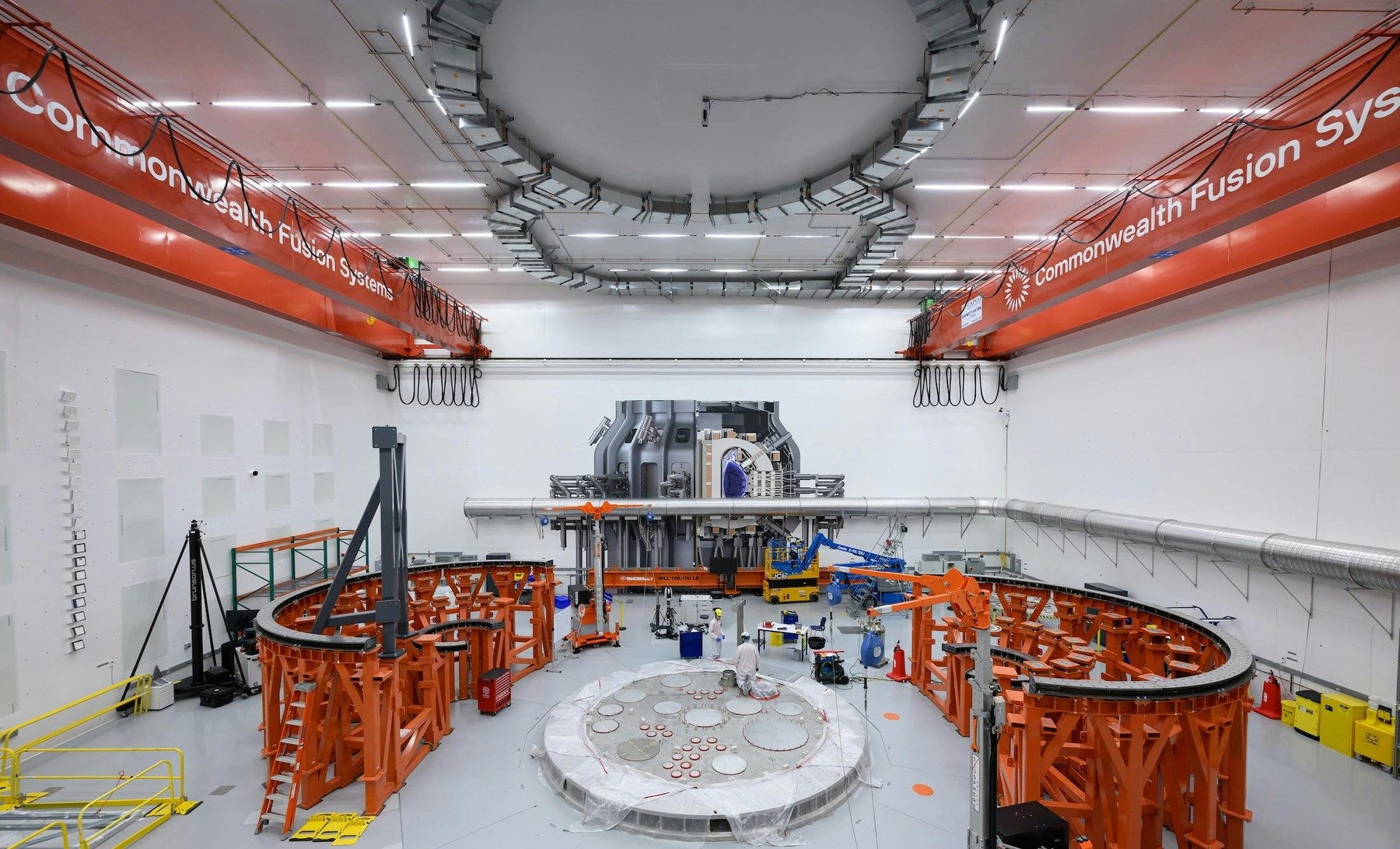Climate Insider Brief:
- OpenAI CEO Sam Altman and others are backing green-energy startups like Exowatt, which promises modular solar systems to supply AI companies with nearly-free energy. These investments aim to secure sustainable energy sources to fuel AI development while mitigating environmental impact.
- Recognizing the urgency of the energy challenge, some investors advocate for bold, innovative solutions like nuclear power or radically cheaper solar technology with storage.
- Altman’s investments extend beyond renewables to include nuclear energy startups like Helion and Oklo, indicating a belief in the necessity of transformative energy solutions to meet AI’s escalating energy needs over the long term.
PRESS RELEASE – April 22, 2024 – AI investors worry that the energy grid won’t be able to feed AI’s “insatiable demand” for power—so they’re taking matters into their own hands.
OpenAI CEO Sam Altman and venture capital firm Andreessen Horowitz are two of the investors who have put $20 million into Exowatt, a green-energy startup targeting data centers, the Wall Street Journal first reported.
They’re part of a growing list of investors, from Big Tech to private equity, who are collectively pouring tens of billions into energy and data infrastructure to support future AI development. But alongside bets on massive data centers and computing hardware, Altman and other CEOs are putting money toward unproven, moonshot energy startups that promise to deliver unlimited power for next to nothing.

Exowatt is a tiny, little-known startup that promises to supply AI companies with modular solar systems providing nearly-free energy. Renewable energy is an attractive investment for many AI companies because it presents a cheaper long-term alternative to existing energy sources, and because some renewable projects can connect to data centers directly without needing to go through the regulatory red tape required to interface with the electric grid.
“The goal of one cent per kilowatt-hour is very achievable,” Exowatt cofounder and CEO Hannan Parvizian told Fortune. (The Energy Information Administration reported that industrial energy cost just above 8 cents per kilowatt-hour in January.) “As we build more and more modules, the cost goes down. Eventually, we project that it’s going to be down to the cost of raw materials.”
Miami-based Exowatt, founded last year by Parvizian and Jack Abraham, employs a small team that includes PhDs and engineers with prior experience at companies such as Tesla and SunPower, Parvizian said. Exowatt’s P3 energy platform is a modular unit about the size of a shipping container that works by using solar power to heat a chunk of material called a thermal battery. The thermal battery can store heat and then convert it back to energy through an engine.
Parvizian didn’t specify what material the thermal battery was made of, but said it was “similar to some of the other raw materials that have been used for heat batteries in the past by other companies.” The science isn’t new—other companies have for a number of years used materials such as liquid tin or carbon blocks for thermal energy storage in the U.S., but the technology hasn’t been widely adopted yet.
Parvizian said AI stood out as a particularly strong use case for Exowatt because of the sector’s demand for power and because many data centers are already located in sunny areas.
“The majority of the data centers in the U.S. … are all built in very high solar radiation areas, which is perfect for solar technology,” Parvizian said. “We think we kind of found a perfect match here [in terms of] a problem and solution.”
AI development requires so much energy because of its computing demands. Large language models (LLMs), the technology behind chatbots and generative AI tools such as Google’s Gemini, Anthropic’s Claude, or OpenAI’s ChatGPT and Sora, take in vast amounts of data for training and development. The data centers where that data is stored utilize the most powerful and advanced computer chips available—but those chips are also the most power-hungry.
Nvidia supplies more than 90% of the AI chip market, and its most popular chips draw about 1,000 watts of power, Dell COO Jeffrey W. Clarke said on the computer company’s most recent earnings call—about as much as a typical microwave. Factor in that AI companies have millions of these chips running around the clock—Mark Zuckerberg recently said that Meta alone will have over 350,000 by the end of this year—and the energy demands become tremendous.
Raul Martynek, CEO of data center operator DataBank, told Fortune he’s already seeing the difference.
“Before the [AI chips] showed up, we were … delivering 10 to 20 kilowatts per rack [of computer chips]. Now, we need 40 to 100 kW per rack,” Martynek said.
Speaking at the Fortune Brainstorm AI conference in London last week, Ami Badani, CMO of chip designer Arm, said that AI could consume a full quarter of all power in the U.S. by the end of the decade.
“It takes 100,000 AI chips working at full compute capacity and full power consumption in order to train [OpenAI’s video generation tool] Sora,” Badani said. “ChatGPT requires 15 times more energy than a traditional web search.”
Altman and others in the AI space believe that moonshots like Exowatt’s solar technology or nuclear power are the only way to provide enough power to meet AI’s energy demands.
“We still don’t appreciate the energy needs of [AI] … There’s no way to get there without a breakthrough. We need [nuclear] fusion or we need, like, radically cheaper solar [power] plus storage, or something at massive scale,” Altman said at a Davos panel in January.
Altman has also personally invested undisclosed amounts in Helion and Oklo, two nuclear energy startups that could fuel AI data centers. And he’s not the only nuclear believer in the AI space: Amazon purchased a nuclear-powered data center in Pennsylvania last month.
For all his talk, Altman’s less than $20 million investment in Exowatt is a drop in the bucket for the multibillionaire. Exowatt’s technology has yet to be implemented on a commercial scale, and the energy grid is managing to keep up with AI demand, at least for the time being.
“[$20 million] is a pittance in terms of solving things,” Martynek said. “I’m sure those funds are going to be directed towards trying to create a proof of concept for that type of energy storage and distribution that they could then scale sometime in the future.”
Exowatt CEO Parvizian told Fortune that Exowatt expects to have solar modules online this year.
“All these things … are years in the future. I don’t anticipate this having any kind of real impact in the next three to five years,” Martynek said. “But certainly, over the longer term, you know, 10 years from now, solutions like … small nuclear reactors and other kinds of innovative ideas will probably be in the marketplace.”
To stay informed about the climate industry explore our latest climate tech news.
SOURCE: Yahoo Finance
Featured Image: Credit: Bloomberg/Getty Images








